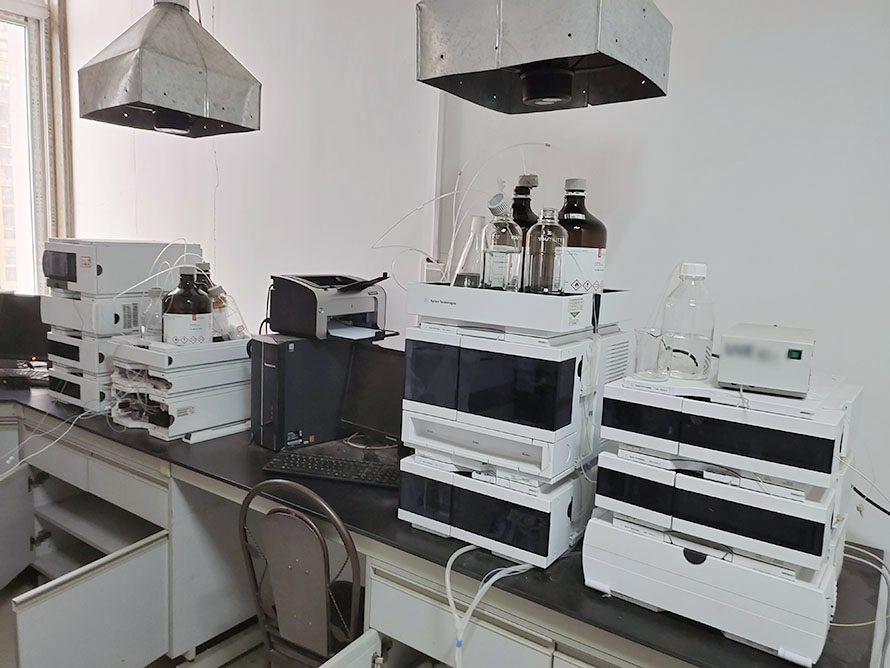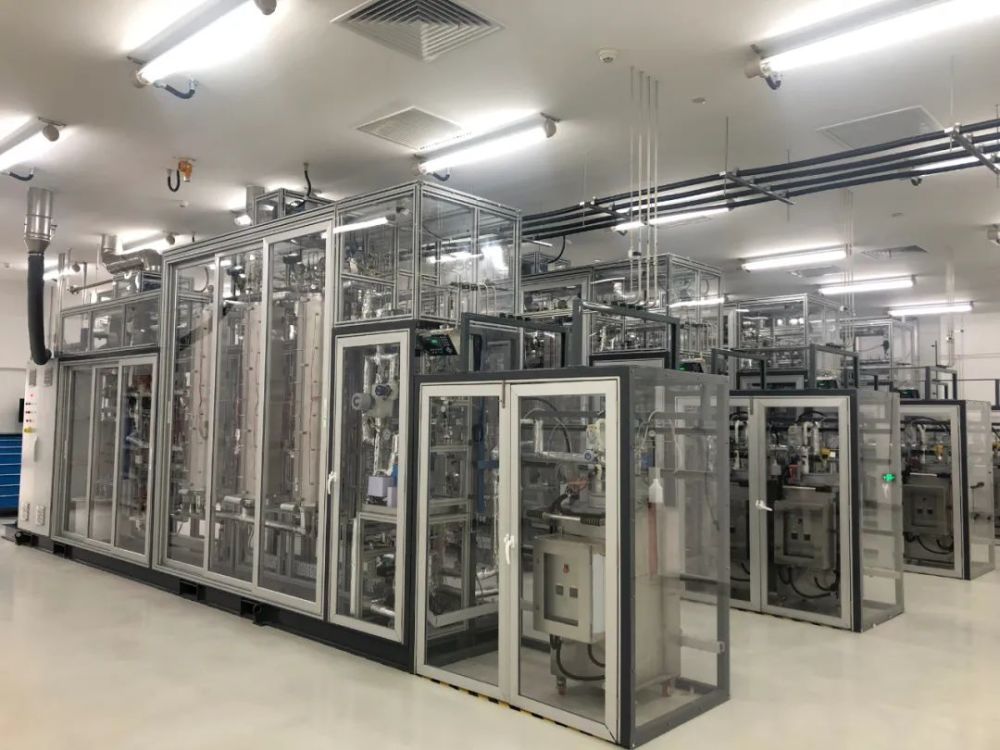Micro-arc oxidation (Micro Arc Oxidation, abbreviated as MAO) is an advanced surface treatment technology that generates a dense oxide film by utilizing micro-arc discharge in electrochemical reactions. This technology, when applied to materials such as titanium alloy, can significantly improve the performance and surface characteristics of the material. The following will discuss in detail the application advantages of micro-arc oxidation surface treatment technology on titanium alloy instruments.
1. Surface Hardness Enhancement
The oxide film generated by micro-arc oxidation has an extremely high hardness, which is mainly due to the compactness of its crystal structure and the particularity of its chemical composition. After micro-arc oxidation treatment, the surface hardness of titanium alloy can be increased several times, thereby effectively improving the wear resistance and corrosion resistance of instrument components.
2. Enhanced Corrosion Resistance
Titanium alloy has good corrosion resistance in natural environments, but micro-arc oxidation treatment can further enhance its corrosion resistance. The formation of the oxide film not only seals the micro-pores and cracks on the metal surface but also forms a dense protective film, effectively isolating corrosive media and extending the service life of the instrument.
3. Mechanical Property Improvement
Micro-arc oxidation treatment can significantly improve the mechanical properties of titanium alloy. The formation of the oxide film increases the surface roughness of the material, which not only improves the friction coefficient of the material but also allows the coating to better bond with the matrix, thereby enhancing the tensile strength and fatigue life of titanium alloy.
4. Enhanced Electrical Insulation
The oxide film generated by micro-arc oxidation has good electrical insulation properties, which is very important for instruments that need to operate under high-voltage environments. Through micro-arc oxidation treatment, the surface resistance of the material can be effectively reduced, improving its safety and reliability under high-voltage conditions.
5. High-Temperature Performance Enhancement
Micro-arc oxidation treatment can also improve the performance of titanium alloy under high-temperature conditions. The formation of the oxide film not only protects the metal matrix from the influence of high-temperature oxidation but also improves the thermal conductivity of the material, which helps in heat dissipation, thereby extending the service life of instrument components under high-temperature conditions.
film not only protects the metal matrix from the influence of high-temperature oxidation but also improves the thermal conductivity of the material, which helps in heat dissipation, thereby extending the service life of instrument components under high-temperature conditions.
6. Aesthetics Enhancement
After micro-arc oxidation treatment, the surface of titanium alloy exhibits unique luster and color, which is not only aesthetically pleasing but also effectively improves the market attractiveness of the product. For applications that require both aesthetics and functionality, such as medical equipment and precision instruments, micro-arc oxidation treatment can provide an ideal solution.
In summary, the application of micro-arc oxidation technology on titanium alloy instruments has significant advantages, not only improving the performance of the material but also enhancing the aesthetics and market competitiveness of the products. With the continuous development of technology, the application prospects of micro-arc oxidation treatment in more fields are promising.
